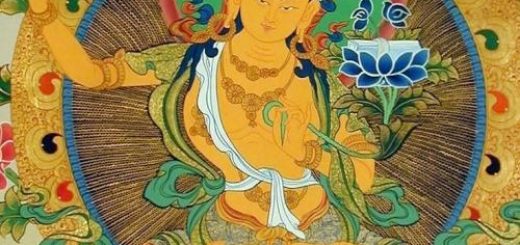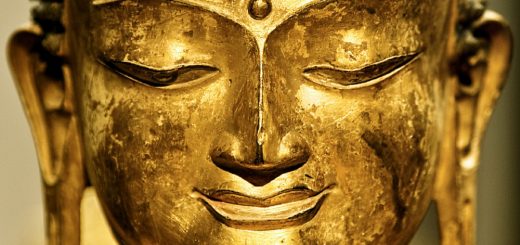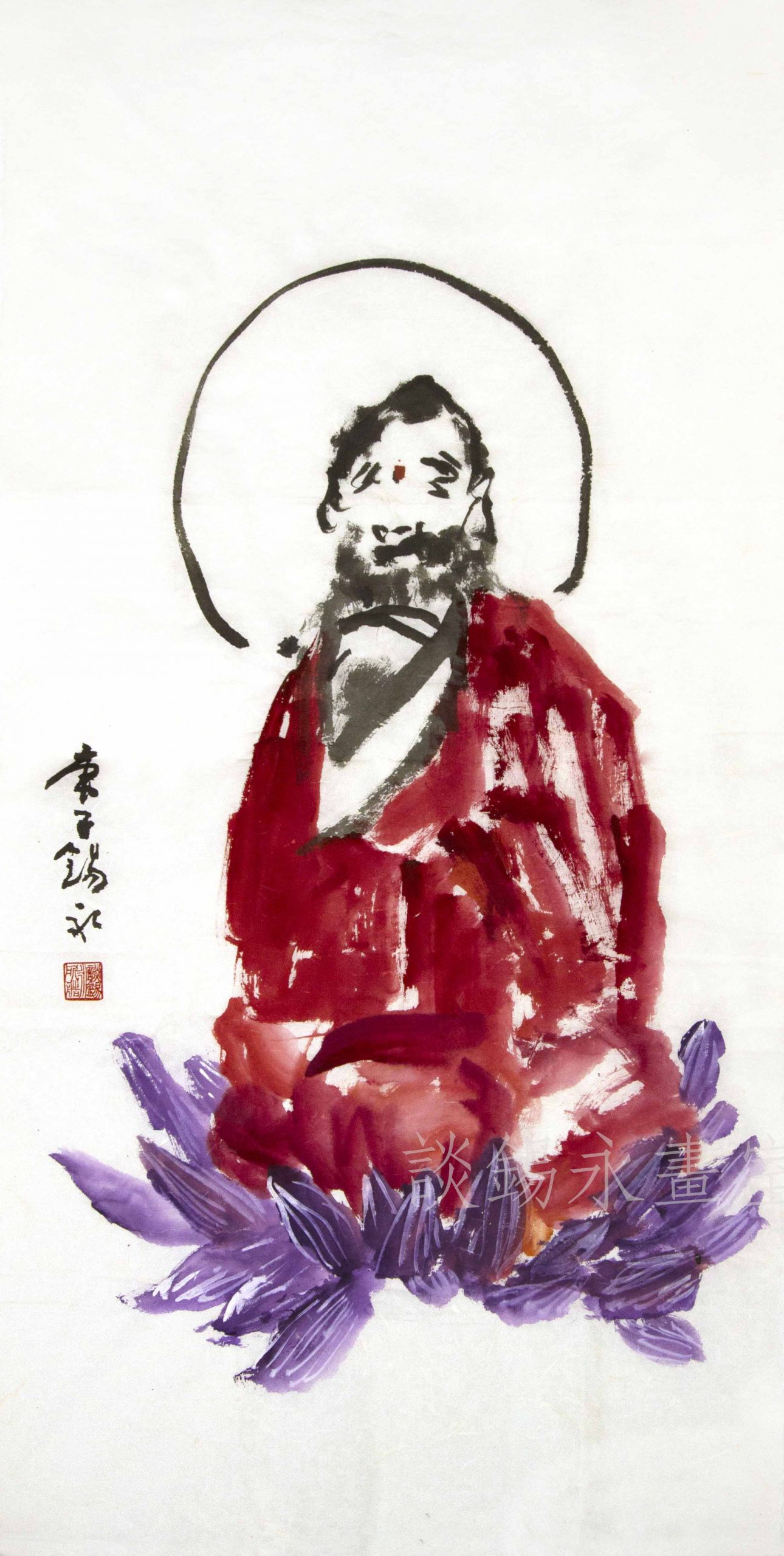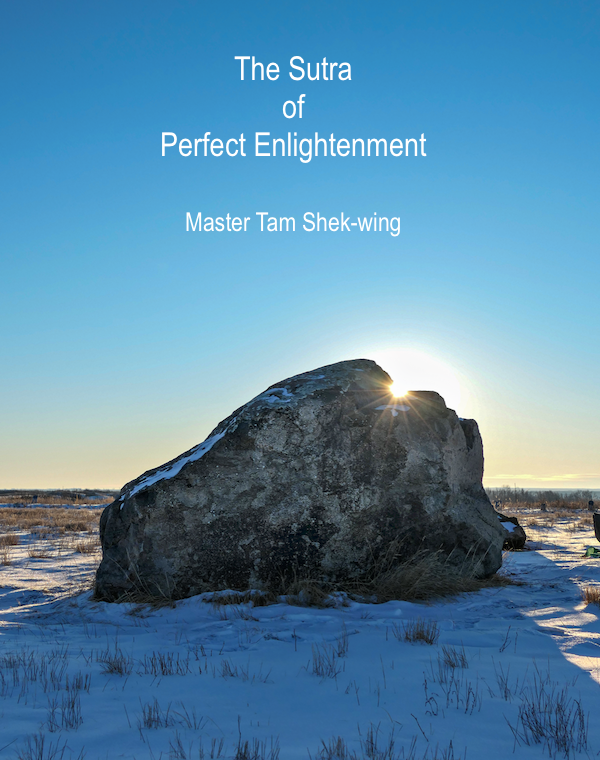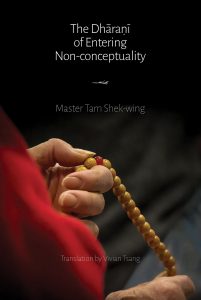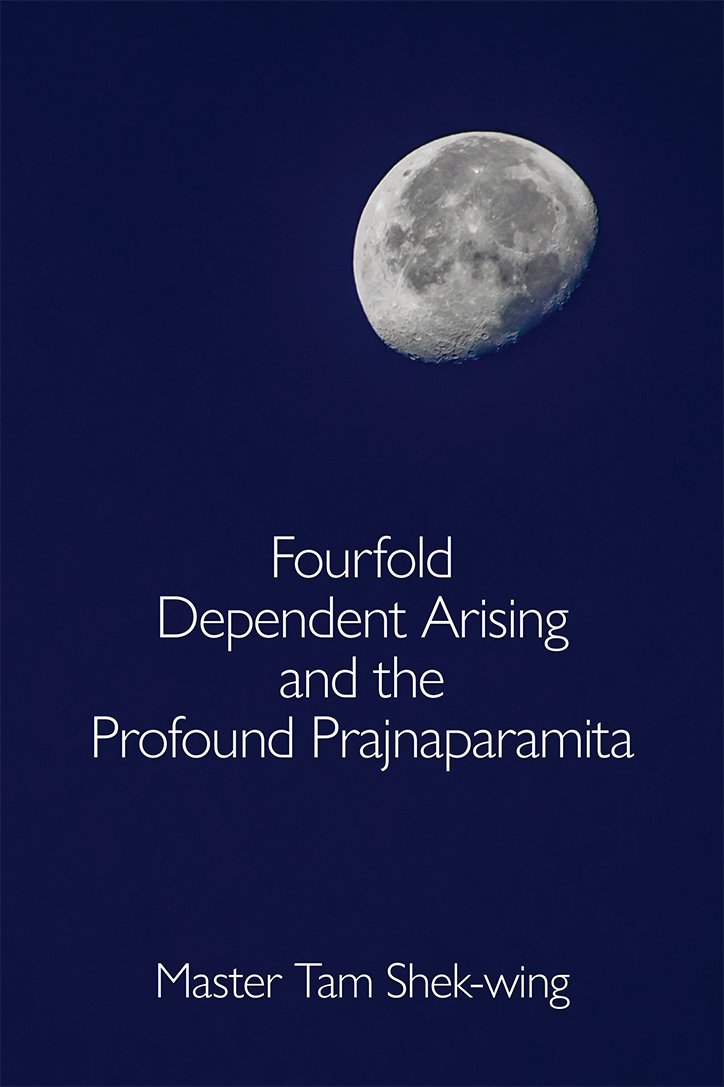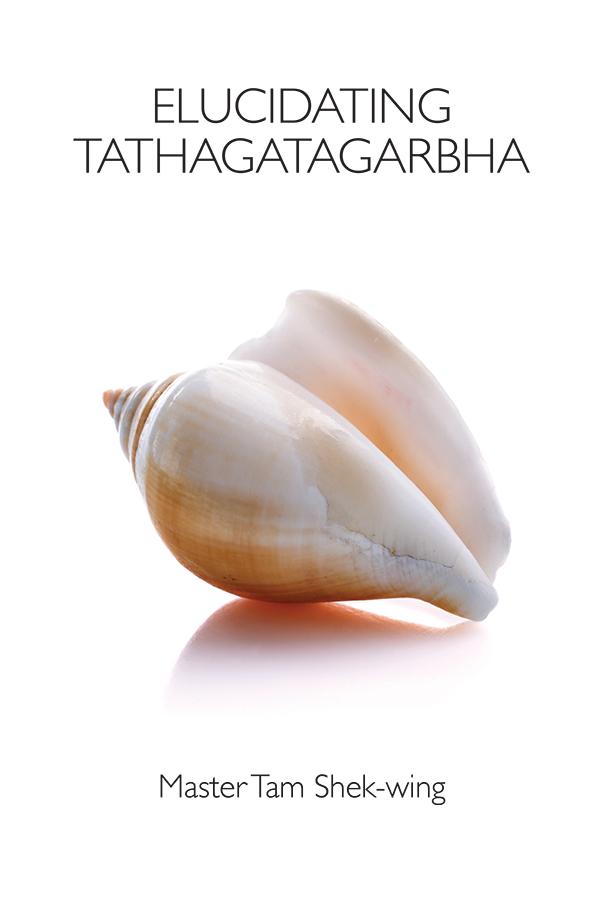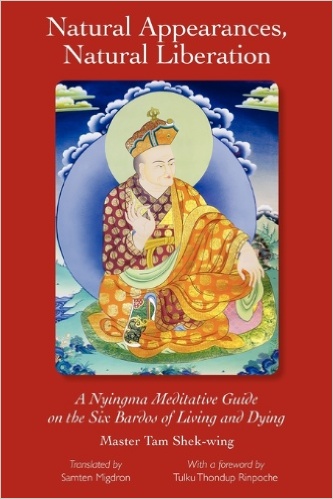Perfect Enlightenment 22: Buddha Introduces the Three Expedient Means
Translator’s note: In the previous column, Majestic Virtue Unhindered’s question finally led to the key of the sutra, where all Buddhist practices are expedient devices leading to the oneness of perfect enlightenment. In this column, Buddha will begin to illustrate the three practices of śamatha, samāpatti and dhyāna. While different, like sunlight, whether it is a ray through a slit into a dark room, or sunlight in the wide open, they are like the many roads leading to Rome. As usual, the name of the inquiring bodhisattva also sheds light on the nature of the dialogue with Buddha.
For the interested reader, you can also click here for the table of contents to revisit the dialogue between Buddha and previous bodhisattvas.
Show scripture (Chinese). 爾時,世尊告威德自在菩薩言:「善哉!善哉!善男子!汝等乃能為諸菩薩及末世眾生,問於如來如是方便。汝今諦聽!當為汝說。」時,威德自在菩薩奉教歡喜,及諸大眾默然而聽。 「善男子!無上妙覺遍諸十方出生如來,與一切法同體平等,於諸修行實無有二。方便隨順其數無量,圓攝所歸,循性差別當有三種。 「善男子!若諸菩薩悟淨圓覺,以淨覺心,取靜為行;由澄諸念,覺識煩動,靜慧發生,身心客塵從此永滅,便能內發寂靜輕安;由寂靜故,十方世界諸如來心於中顯現,如鏡中像。此方便者名奢摩他。 「善男子!若諸菩薩悟淨圓覺,以淨覺心,知覺心性及與根塵皆因幻化,即起諸幻以除幻者,變化諸幻而開幻眾;由起幻故便能內發大悲輕安,一切菩薩從此起行,漸次增進。彼觀幻者非同幻故,非同幻觀皆是幻故,幻相永離;是諸菩薩所圓妙行,如土長苗。此方便者名三摩鉢提。 「善男子!若諸菩薩悟淨圓覺,以淨覺心不取幻化及諸靜相,了知身心皆為罣礙;無知覺明不依諸礙,永得超過礙無礙境、受用世界及與身心相在塵域如器中鍠,聲出於外,煩惱涅槃不相留礙,便能內發寂滅輕安、妙覺隨順、寂滅境界,自他身心所不能及,眾生壽命皆為浮想。此方便者名為禪那。 「善男子!此三法門皆是圓覺。親近隨順十方如來,因此成佛十方菩薩種種方便,一切同異皆依如是三種事業,若得圓證即成圓覺。善男子!假使有人修於聖道,教化成就百千萬億阿羅漢、辟支佛果,不如有人聞此圓覺無礙法門,一剎那頃隨順修習。」 Show scripture (English). Then the World Honoured One, addressing the bodhisattva Majestic Virtue Unhindered, said: “Excellent, excellent! Good son, you have questioned well for the bodhisattvas and sentient beings of the degenerate age about these expedient methods of the Tathāgata. Listen well now, and I shall explain them for you.” The bodhisattva Majestic Virtue Unhindered received this teaching with awe and joy; all those in the great crowd became silent and listened. “Good sons, unsurpassed marvelous enlightenment pervades all the ten directions. It gives birth to all tathāgatas, who share the same equal essence with all dharmas. Thus, as far as the various practices are concerned, there is in reality, no duality. Nonetheless, the expedient methods which conform to Perfect Enlightenment are numberless. Among these, there are three general types which all practitioners rely on, according to the difference in their inclination.” “Good sons, some bodhisattvas awaken pure Perfect Enlightenment, and using the mind of pure enlightenment take quiescence as their practice. Then, by settling all thoughts they become aware of the agitated motion of the consciousness, and thus produce quiescent wisdom. From this, the mind, the body and external objects are permanently extinguished and they directly generate quiescent pliancy from within themselves. Because of this cessation and quiescence, the minds of all the tathāgatas in all the worlds in the ten directions are made manifest, just like the images in a mirror. This expedient method is called śamatha.” “Good sons, some bodhisattvas awaken pure Perfect Enlightenment, then using the pure enlightened mind, they completely realize that the nature of mind as well as the faculties and objects are all based on illusory transformations. Then here they produce various illusions in order to remove illusion. Creating (transforming) all illusions, they enlighten the illusory multitude. From the production of illusion they are able to arouse great compassionate pliancy within. All bodhisattvas who follow this ‘arising practice’ gradually advance. Since the meditation on illusion is not the same as illusion, it is also not the same as illusory observation. Since both are [recognized as] illusory, illusory marks are permanently removed. This marvelous practice that is perfected by bodhisattvas is like a shoot growing out of the ground. This expedient method is called samāpatti.” “Good sons, some bodhisattvas awaken pure Perfect Enlightenment, and using the pure enlightened mind, do not attach to illusory transformation or the marks of quiescence, and fully realize body and mind both to be obstructions. Without awareness of the illumination of enlightenment and without depending on all sorts of obstructions, they eternally transcend realms of obstruction and non-obstruction, the enjoyment world as well as marks of body and mind in the objective realm is comparable to the ringing sound in a bell which penetrates to the outside. Affliction and nirvāṇa not hindering each other, they are directly enabled to produce the pliancy of cessation-extinction from within. Accordance with marvelous enlightenment and the realm of cessation and extinction is something that self and other, body and mind are unable to reach. Sentient beings and life are all just floating concepts. This expedient method is called dhyāna.” “Good sons, these three practices are all close accordance with Perfect Enlightenment; the tathāgatas in the ten directions achieve Buddhahood depending upon these, and all the various and sundry expedient methods of the bodhisattvas of the ten directions, with all their similarities and differences are without exception derived from these three activities. If you perfectly actualize these, that is the same as perfectly actualizing enlightenment.” “Good sons, if there were a person who cultivated the sagely path and elevated a quadrillion people to the stage of arhat and solitary realizer, he would not be equal to the person who heard this unobstructed teaching of Perfect Enlightenment and practiced it for only an instant.” Marvellous enlightenment in ten directions... click to show more. In answering Majestic Virtue Unhindered, Buddha said there are three expedient means, yet all practices are no different, because “unsurpassed marvelous enlightenment pervades all the ten directions. It gives birth to all tathāgatas, who share the same equal essence with all dharmas.” This portion of the text illustrates exactly the teaching of the Buddha-Within. It says, tathāgatas and all phenomena both come from the marvelous enlightenment. This marvelous enlightenment pervades all ten directions. This is referring to the Buddha-Within as the realm of buddha’s inner wisdom of self-realization. The realm of awareness of this marvelous enlightenment is exactly buddha’s inner wisdom realm of self-realization, hence we say that tathāgatas come from the marvelous enlightenment. Upon this wisdom realm is the consciousness realm as a spontaneous dependent arising, hence we say that phenomena of all worlds come from the marvelous enlightenment. It, then, becomes clear that tathāgatas and all phenomena share the same essence and are equal. Buddha pointed out first in teaching the expedient means, the intent was to point out that, while the essence of tathāgatas is buddha nature, the essence of all phenomena is also buddha nature. Knowing this becomes the basis for understanding the practice. Buddha then taught the three expedient means. They are śamatha, samāpatti and dhyāna. The expedient device of śamatha... click to show more. Śamatha is the cessation in cessation-observation. The scripture describes the appearance of cessation as “take quiescence as the practice. Then, by settling all thoughts they become aware of the agitated motion of the consciousness.” This means, the illusive mind of a practitioner is perpetually agitated. When practicing cessation, one’s mind is resting on the non-objectifying realm. In case of a distraction has arisen, without intentionally pushing it away, being aware of it, the distracting thought would naturally dissipate. Within this realm one takes the quiescence as the practice such that all distracting thoughts clarify and dissipate themselves. At this point, the practitioner may suffer from the conscious agitation, but knowing so, the quiescent wisdom also awakens. Like the mirror images in a mirror... click to show more. This method of practice is analogous to the Vajrayāna practice of development dharma. From the development dharma the pride of self-deity is cultivated. This pride of self-deity can be said to be a quiescent wisdom, quelling the mental agitation of an ordinary consciousness. From this pride, “the mind, the body and external objects are permanently extinguished and they directly generate quiescent pliancy from within themselves.” The wisdom of the self-deity is aroused to extinguish the ordinary attachment to body and mind, generating quiescent pliancy. The scripture continues, “Because of this cessation and quiescence, the minds of all the tathāgatas in all the worlds in the ten directions are made manifest, just like the images in a mirror.” “The minds of all the tathāgatas in all the worlds in the ten directions” is the pride of the self-deity. When the pride reveals itself, it is like “the images in a mirror.” (Translator’s note: The pride of the deity is meant to echo the analogy of enlightenment as light that pervades in all ten directions, dispelling all darkness. Arousing the pride of a deity... click to show more. How is it possible to arouse the pride of the self-deity in an ordinary mind? One can say it is in accordance with perfect enlightenment, because the scripture says, “[U]nsurpassed marvelous enlightenment pervades all the ten directions. It gives birth to all tathāgatas, who share the same equal essence with all dharmas.” Since being ordinary and being saintly are equal, it means that the saintly mind can be awakened in an ordinary mind. The expedient device of samāpatti... click to show more. Samāpatti according to the scripture appears as “using the pure enlightened mind, they completely realize that the nature of mind as well as the faculties and objects are all based on illusory transformations.” This means using the pure enlightened mind, one becomes aware of the nature of mind (secret), the faculties (inner), and objects (outer), all three are illusory transformations, such that there are illusory appearances (outer), illusory experiences (inner), which becomes the awareness of perceiving the illusion (secret). It becomes clear that in the practice of samāpatti, the nature of mind gives rise to various illusory appearances, such that the illusory is eliminated through the illusory. By eliminating the illusory, it is via “creating (transforming) all illusions, they enlighten the illusory multitude.” From the practice of samāpatti, establishing the illusory world and the illusory beings, the practitioner becomes aware that all sentient and objective worlds are illusory, all phenomena are illusory. Because all the establishments are also none other than illusory transformations. This characteristic of meditation is analogous to the Vajrayāna practice of perfection dharma. The practice of perfection dharma rests on the foundation of being fluent in the development dharma practice. Illusory transformation like a crystal... click to show more. With the pride of the self-deity, the nature of mind is like a crystal, its luminosity is intrinsic. But when triggered by external circumstances, it reveals a rainbow light. This radiance is an illusory appearance. We can also call it a manifestation according to the dependent arising of mutual obstruction. For instance, a red sparkle in the crystal light with a slight agitation can appear as green, blue, or purple. This way, it becomes clear that the red sparkle is illusory. From the agitation, the green sparkle, or blue, etc. are also illusory. This way, the practitioner would not grasp at the colour of the crystal light. This is exactly to “produce various illusions in order to remove illusion,” and “creating (transforming) all illusions, they enlighten the illusory multitude.” From this, if the practitioner can apprehend the virtue of dharmakaya, they are also “able to arouse great compassionate pliancy within,” entering the path of bodhisattva. The analogy here is “like a shoot growing out of the ground.” On the basis of practicing samāpatti, one gradually perfects the bodhisattva’s way to realize perfect enlightenment. The expedient device of dhyāna... click to show more. Dhyāna refers to meditation absorption, however, what is meant here goes beyond the four dhyāna and eight concentrations, for it refers specifically a meditation realm of being “not attach to illusory transformation” (not dwelling in the realm of samāpatti), and not attach to “the marks of quiescence” (not dwelling in the realm of śamatha). When one is not limited by the two realms, one becomes aware of the spontaneously accomplished realm without obstruction. The realm without obstruction is as the scripture says, it is the realm of “using the pure enlightened mind, do not attach to illusory transformation or the marks of quiescence, and fully realize body and mind both to be obstructions.” In the realm, the awareness naturally arises. Yet this awareness is said to be “without awareness of the illumination of enlightenment” such that the practitioner is not biased towards the awareness. It is an awareness without objectification. It is without being distracted by the movements of illusory appearances, without being biased towards the quiescent appearance of cessation, nor is it the awareness during meditation absorption. This is then truly the “shedding of body and mind,” the realm of dyāna. At this point, “without awareness of the illumination of enlightenment and without depending on all sorts of obstructions, they eternally transcend realms of obstruction and non-obstruction.” In the objective realm, “the enjoyment world” and the appearances of body and mind, the scripture compares it to the sound of an instrument (器中鍠), where the instrument does not obstruct the sound. The sound penetrates to the outside, a listener is instantly aware, enjoying the appearance of music and the appearance of body and mind listening to the music. At this point if there is still the appearance of the instrument, then it is no longer “without awareness of the illumination of enlightenment,” because it is still “depending on all sorts of obstructions.” Many good musicians fall into this trap. This is from an alto instrument, that is from a bass instrument; this is woodwind, that is brass. It is as if a clear distinction has been made, but one has also become trapped by the mutual obstruction of various instruments. What is heard is no longer the sound (器中鍠), but rather, it becomes which instrument producing what sound, no longer transcending obstructions and non-obstruction. It is not easy to enter the realm of dhyāna, because it is a realm where “affliction and nirvāṇa [are] not hindering each other.” Using the music analogy, it is the sound of music and “without awareness of the illumination of enlightenment” do not hinder each other. The sound of music is analogous to affliction, the awareness of the illumination is analogous to nirvāṇa, hence they are said to “not hindering each other.” This realm is analogous to the Vajrayāna practice of the coalescence of development and perfection dharma. It is the coalescence of movements and quiescence leading to the realization of the Buddha-Within. The instructions of the practice must be passed on directly by the guru. For now, we can only point out how the realm of Buddha-Within being profoundly hidden, for we can only expediently say it is the coalescence of buddha’s wisdom realm of inner self-realization (without awareness of the illumination of enlightenment) and mind-consciousness realm (awareness of music). In this coalescence, the consciousness realm does not obstruct the wisdom realm, nor does the wisdom realm obstruct the consciousness realm, giving rise to the realm of cessation and pliancy in accordance with the marvelous enlightenment. It is free from words and concepts, delusive calculations and biases. There are no longer the marks of sentient beings and longevity (“sentient beings and life are all just floating concepts”). In the three expedient means, there exists stages of practice. One begins to śamatha, then samāpatti. Alternating between the two repeatedly, one enters into the realm of dhyāna, realizing the spontaneous accomplishment of all dharma, where mutual obstruction is surpassed to the realization of non-obstruction. From the non-obstruction, the perfect enlightenment is awaken. In terms of how one can alternate the three practices to perfect enlightenment is the subject of the next conversation. Show scripture (Chinese), the dialogue concluding verse. 爾時,世尊欲重宣此義而說偈言: 威德汝當知, 無上大覺心, Show scripture (English). Then the World Honoured One, desiring to reiterate the gist of this, spoke a verse. He said: Majestic-Virtue, you should know The verse summarizes the three expedient practices. Quiescent śamatha is like a mirror reflecting all images; as-illusion samāpatti is like a shoot growing out of the ground; dhyāna is like the sound in the bell. All words and thoughts are quelled, entering the realm of neither obstruction nor non-obstruction, the three kinds of “accordance with enlightenment.” The perfection of them is then called “absolute nirvāṇa.”Chinese:
English:
Commentary:
Chinese:
本際無二相, 隨順諸方便,
其數即無量。 如來總開示,
便有三種類, 寂靜奢摩他,
如鏡照諸像; 如幻三摩提,
如苗漸增長; 禪那唯寂滅,
如彼器中鍠。 三種妙法門,
皆是覺隨順, 十方諸如來,
及諸大菩薩, 因此得成道。
三事圓證故, 名究竟涅槃。English:
Even though the unsurpassed mind of great enlightenment
Originally has not even two marks.
The expedient methods for according with it
Are numberless.
When I explain them according to general type,
There are three kinds:
Quiescent śamatha
Is like a mirror reflecting all images;
As-illusion samāpatti
Is like a shoot growing out of the ground;
Dhyāna is only cessation-extinction
Like the sound in the bell.
These three kinds of marvelous dharma-practices
Are all accordance with enlightenment.
The tathāgatas in the ten directions
As well as all the great bodhisattvas
Are able to attain the Dao based on these.
The full actualization of these three activities
Is called “absolute nirvāṇa.”Commentary:

